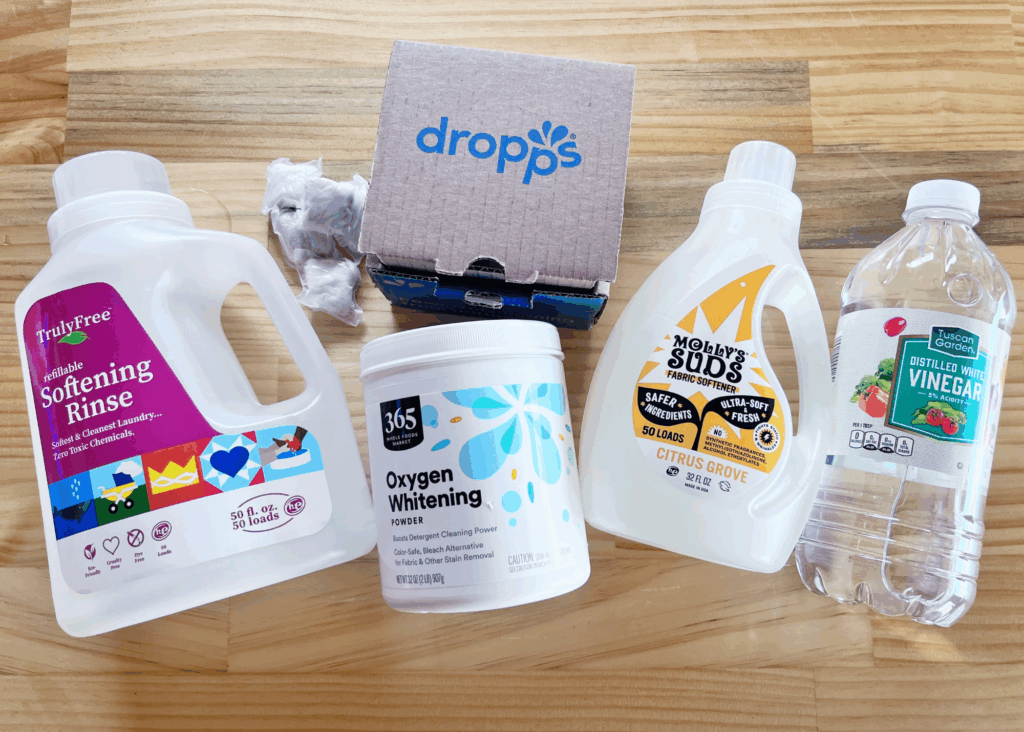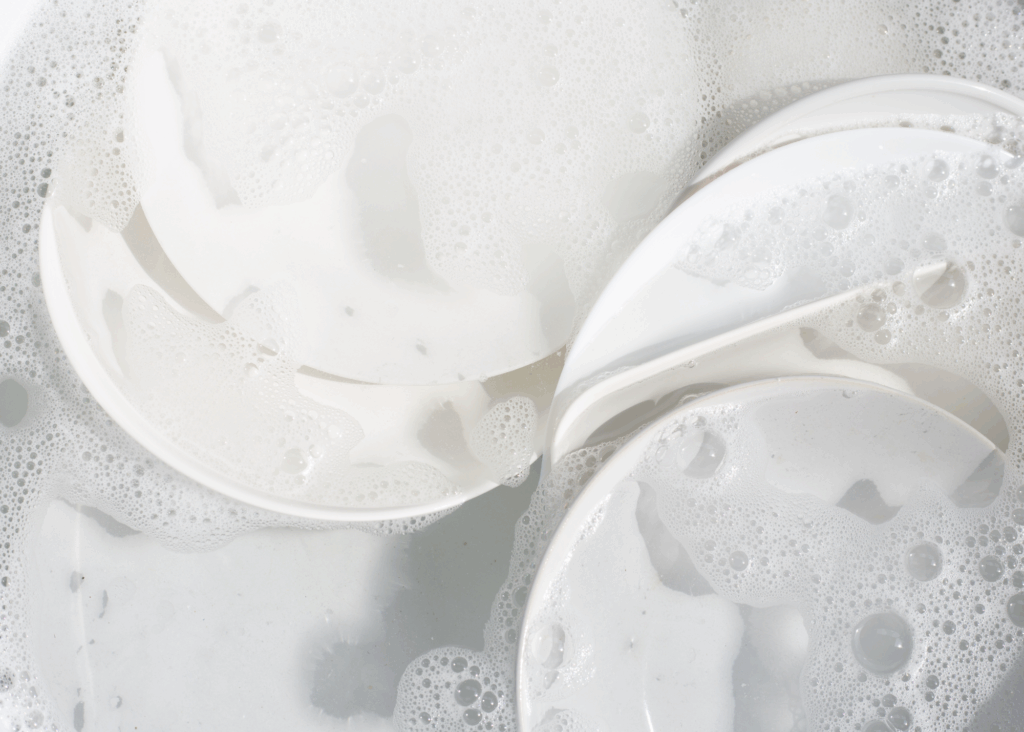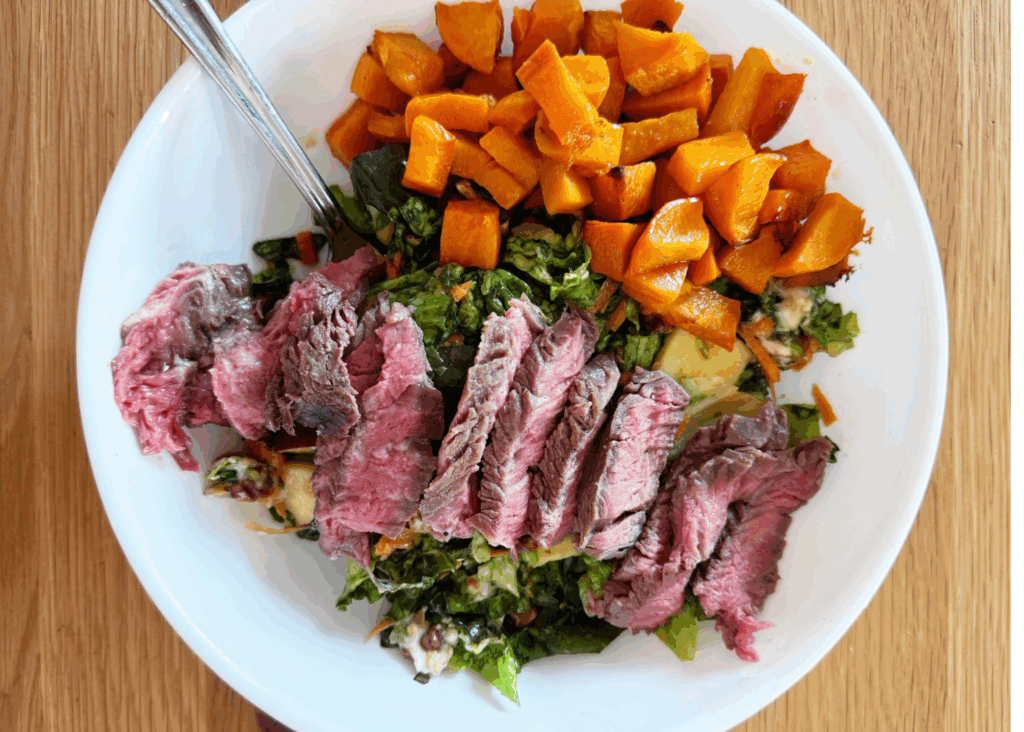6 Natural Softeners for Clothes

Fabric softeners have become a staple in many laundry rooms. They may be effective at softening clothes and adding that classic clean laundry scent but at what expense? Similar to conventional laundry detergent, some of the ingredients used to make fabric softeners can come with unwanted side effects to both the environment and your health.
I have tested and am reviewing natural softeners for clothes. No need to add a toxic product to your laundry routine!
*Affiliate Disclosure: I do have affiliate links in this blog post. If you purchase something from my link, I will receive a small commission from the sale. This comes at no cost to you, but is paid by the company. I do not take becoming an affiliate with any company lightly. If I am, it’s because I believe in the company and their product.
*Suzi(Gurl Gone Green) is a participant in the Amazon Services LLC Associates Program, an affiliate advertising program designed to provide a means for sites to earn advertising fees by advertising and linking to amazon.com.
6 Natural Softeners for Clothes
Thankfully there are so many natural softeners for clothes. If you can get to the root and figure out WHY your clothes are stiff after washing, it will help you to know what exactly you need to do to soften them and pick which method would work best for you. And if you like something that will add a little scent, I have options for that as well!
Why Are Clothes Stiff After Washing
The reality is that some homes may find a greater need for a natural fabric softener than other homes. And is it a need? I would argue that it isn’t. But, who doesn’t want softer clothing, towels, bedding and more? So if you have noted that your laundry is stiff and scratchy after it has been washed and dried, here are a few reasons why:
1) Hard Water
Hard water is determined by the amount of dissolved calcium and magnesium in water. The more of these minerals that are present, the harder your water is.
Some signs that you may have hard water in your home include: after washing your hands you may feel a ‘film’ on your hands still from the calcium and soap forming ‘soap scum,’ needing more soap/detergent to get things clean, spots on your glasses after running them through the dishwasher, mineral deposits in your coffee maker, a white ‘buildup’ on your showerhead/faucets, dry/itchy skin after bathing and stiff clothing after washing to name a few.
2) Dryer Use
Yes, your dryer could be causing your clothes to be stiff and scratchy. This can be done by over drying and using high heat to cause damage to the fabrics that make up your clothing. Also, any friction between clothing along with the above reasons is what causes your static cling! If your clothing hasn’t been rinsed well and any detergent or other residue remains, the dryer can seal that in due to the heat, again creating a stiff and rough clothing.
Also, line drying without any sort of tumbling action of the dryer can cause some stiffness.
3) Laundry Detergent
First things first, don’t use too much detergent! More is definitely not better. If you use too much the remaining residue that doesn’t rinse away can cause your clothing to feel stiff after it is dried. Some laundry detergents are made with harsher ingredients that can be tough on fabrics by stripping away any natural oils. There are also some ingredients (optical brighteners for example) that are made to coat the fabrics and not be washed away. Also, potentially making clothing feel stiff.
Related Content: Best Non Toxic Laundry Detergent
4) Types of Fabrics
Natural fibers are actually more prone to getting stiff than synthetic fibers. Synthetics don’t get stiff but they do cause the dreaded static cling.
Is fabric softener bad?
Fabric softener doesn’t have to be bad! There are some side effects to using conventional fabric softener that I would like to avoid. Things like, it can make your towels have difficulty absorbing moisture, residue can build up over time which can be hard on your clothing, and of course conventional fabric softener has some ingredients that I choose to avoid.
So, as with most things, ingredients need to be checked. Here are some of the ingredients I would choose to skip in a fabric softener:
- Quaternary Ammonium Compounds (Quats)
This is a group of chemicals used for a variety of reasons including: preservatives, surfactants, antistatic agents, and as active ingredients in disinfectants and sanitizers. (Source) Unfortunately they are also linked to skin, eye or respiratory irritation, asthma and potential reproductive issues (Source)
We are all familiar with the laundry scent we have all come to correlate with ‘clean’ laundry. The smell of the laundry is no indication of it being clean. The synthetic smell that comes with most laundry detergents and fabric softeners can hide hundreds of undisclosed chemicals linked to hormone disruption, allergies and more.
- Isothiazolinones (MIT, BIT,etc)
A preservative and also can be used as a disinfectant. Shows evidence of aquatic toxicity, skin irritation/allergies and developmental/endocrine/reproductive effects. (Source) For those with sensitive skin these can be problematic even at very low levels.
Helps reduce static cling and clothes will feel softer. Silicone residue can take months or even years to wear off of fabrics. Shows evidence of developmental/endocrine/reproductive effects and acute aquatic toxicity. (Source)
For the most part it is an unnecessary ingredient. Typically derived from petroleum and can cause irritation of the skin.
How to soften clothes naturally?
Thankfully there are some super easy ways to make sure your clothing is clean and soft! Most are economical and don’t require any additional products to be used. While I don’t have an actual homemade fabric softener option – many of these are DIY and you probably have everything you need in your home already.
Keep in mind, you do have to determine WHY your clothing is stiff and rough, but with these options, you can quickly do that.
1. Water Softener (Washing Soda)
If you have hard water, you can consider a household water softener for not just laundry purposes but also bathing, cleaning and more. If that isn’t a realistic choice, washing soda can be added to your wash as an alternative.
2. Distilled White Vinegar Rinse
A great choice for dissolving any residue that may remain on your clothing or in your washing machine. It’s as simple as adding a half cup to one cup of white vinegar to the fabric softener dispenser OR you can pause your washing machine and add it to the rinse cycle.
Another great option would be a laundry machine wash (I like Truly Free’s) to make sure you are getting any ‘gunk’ out of there.
3. Laundry Detergent Usage
Choose a non toxic laundry detergent and don’t overuse. Follow the brand’s instructions for how much is needed and don’t think that more is better! Plus, this makes your detergent last so much longer.
4. Baking Soda
You can also add a half cup of baking soda to your wash cycle. This will provide a boost to the effectiveness of your detergent, which will ensure you don’t use too much. It can also help to soften clothes by balancing the pH of the water and breaking down detergent or mineral buildup that can make fabrics stiff.
5. Dryer Use
Choose a low heat cycle, decrease drying time (don’t over dry!) and use wool dryer balls.
If you choose to line dry, shake the item before hanging it. You can tumble dry a few minutes in the dryer to loosen the clothing up after it has dried.
My favorite way to keep my clothing static free and soft is to dry synthetics separately from my natural fabrics.
Related Content: Dryer Sheet Alternatives
6. Natural Fabric Softeners (4 Brand Options)
**Prices are accurate as of publish date and subject to change**
Molly’s Suds Fabric Softener
Molly’s Suds Liquid Fabric Softener refreshes, deodorizes, and softens fabrics naturally with vinegar and glycerin, removing residue and reducing static and wrinkles—without harmful chemicals.
Scents
Ocean Mist, Lavender, Peppermint, Citrus Grove, Unscented
Cost
$16.99
Review
I tested the Citrus Grove as I don’t use laundry detergents with any scent, so I thought it might be nice to add a little something. I don’t typically use a ‘traditional’ fabric softener, but it was simple to use by just adding the recommended amount to the fabric softener dispenser. Did my clothes feel softer: I can’t say that they did. It was definitely pleasantly scented – not overpowering at all!
Truly Free Softening Rinse
Truly Free’s Softening Rinse works by softening hard water, helping clothes come out naturally softer. It also cuts down on static, drying time, and bunching—making laundry day a little easier and a lot safer.
Scents
Signature Scent and Unscented
Cost
$19.95
Review
Truly Free’s Softening Rinse has the signature scent that I was familiar with from using their Laundry Wash. I am a fan of it – but it is a little stronger than other scents. If that is something you don’t prefer they have an unscented version as well. I also love Truly Free’s refill option. Less single use plastic is always a good thing in my opinion.
This fabric softener totally surprised me. Like I said, I haven’t used a traditional one until I started testing for this roundup. I certainly didn’t think I needed one. And, surprisingly, after using Truly Free’s Softening Rise I noticed a difference in my clothing. It wasn’t a huge difference. But my laundry was softer AND I think cleaner. I have struggled with getting my kids clothes (stains) clean at times and I am not thinking it may be due to hard water. I may test out a few other options that will help to soften my water but, for now, I am going to stick with using this product!
Related Content: Truly Free Brand Review
Dropps Fabric Softener
Dropps Fabric Softener pods use bentonite, a natural mineral, to soften fabrics without leaving behind sticky residue. They’re also made with a light, fresh scent from essential oils, safe synthetics and upcycled ingredients.
Scents
Crisp Breeze, Lavender Meadow, Orange Blossom and Unscented
Cost
$33.89 (64 count)
$64.39 (128 count)
$91.51 (192 count)
Review
Dropps Fabric Softener Pods are so convenient. No measuring and no mess. They do use polyvinyl alcohol (PVA) for the actual ‘pod.’ In my previous research when looking for a good nontoxic dishwasher pod, I discovered that while PVA is designed to dissolve (which it does) that doesn’t mean it totally disappears. While it does biodegrade in certain conditions, when those conditions aren’t present, it will persist in our waterways and ultimately our environment. This leads to the majority of PVA persisting in our waterways and environment, per this study (source). Unfortunately we don’t know exactly what this means for our environment and more research is needed!
As far as the actual fabric softener, I do think the use of bentonite clay in the fabric softener helped to soften my laundry. However, between the use of the PVA and the scent (smelled more synthetic to me) I would choose other options before this one. Or, if I was really wanted a pod, I would try out the unscented version.
Branch Basics Oxygen Boost
Branch Basics Oxygen Boost uses just two simple ingredients—baking soda and sodium percarbonate—to naturally brighten laundry and fight stains.
Scents
Fragrance free
Cost
$22
Review
This product is a regular for me in my laundry routine. It boosts the effectiveness of my detergent and produces softer laundry because of the use of two very specific ingredients. Sodium percarbonate is made from washing soda and hydrogen peroxide – which means if you have hard water this ingredient is going to help. Baking soda is the other ingredient that will help boost your detergent while breaking down grimed and buildup. Alone, these offer great benefits but when put together they create a powerful stain remover, human-safe bleach alternative, deodorizer, and laundry booster. Plus, it can be used for so much more than laundry and I love a multi-use product. I even found a more budget friendly option that has similar ingredients – 365 Whole Foods Market Oxygen Whitening Powder.
Use code GURLGONEGREEN to save 15% off Starter Kits.
Related Content: Branch Basics (Tested + Review)
Did I miss your favorite way to soften your laundry? Share below!
If you liked this post, check out these past posts:


